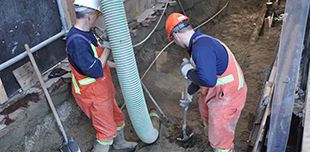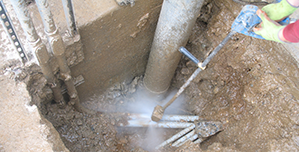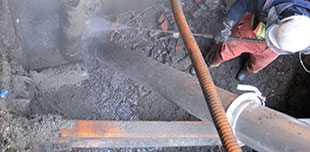Maintaining septic tanks and field cleaning is important in order to prevent septic systems failure. Signs of septic tank failure may be recognized by these signs.
- There is a noticeable wet area that surfaces on the drainfield. This problem is caused by solid particles that clog the drainfield. Sometimes it can also be caused by tree roots that seep underground and which makes it hard for waste water to disperse through the drainfield.
- The toilet runs slow. In worst scenarios, this could be because the floor is already flooded with wastes and sewage. This might be because of a full septic tank or there is failure in the drainfield.
- Bad odors can be smelled from the house especially from the toilet, from the septic tanks or the drainfield. If the septic system is working properly, there shouldn’t be any bad odors. If there is odor it might be a sign that the system is near being faulty.
With these signs it is important to stress why maintaining septic tanks and field cleaning is necessary. These tips below will help maintain a functional septic tank system.
- The septic tank and the drainfield should never be overloaded. To do so, households should decrease water usage. This can be done by reduce water level when doing the laundry or reduce the water that’s needed to flush the toilet.
- Do not dispose garbage in the toilet. Remember, it is not a garbage can. Do not flush tissues, napkins, diapers, tampons, and other clutter in the toilet. This will result to clogging of the septic pipes.
- Trees should be away from the septic system. Trees should be at 100 feet away in proximity from the septic system. Roots might be cause of a problem in the future.
- Avoid overusing heavy cleaners. These will kill bacteria in the septic tank so it would be harder to break down solid wastes.








